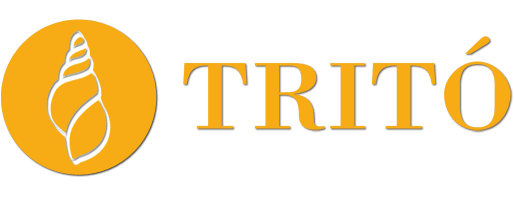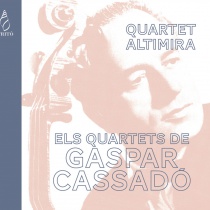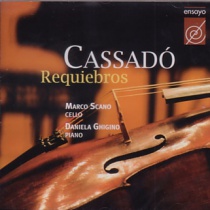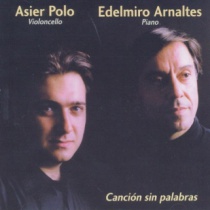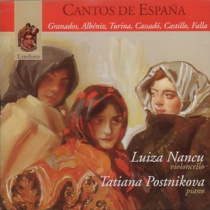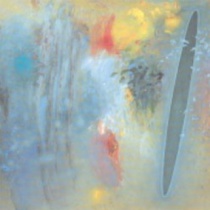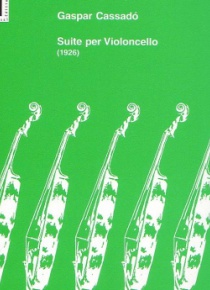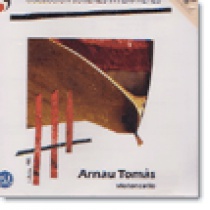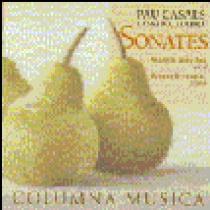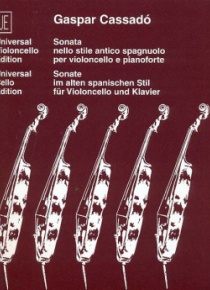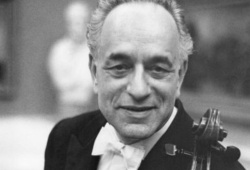
He began studying cello in Barcelona with his father, and in 1910 he went to Paris to study with Pau Casals.
As of 1919 he began a concert career with which he achieved international renown and which led him to perform all over the world together with pianists such as A. Rubinstein, J. Iturbi or H. Bauer, and formed a trio with the English pianist L Kentner and the violinist Yehudi Menuhin. He was considered one of the most outstanding contemporary virtuosos. Very open to all currents of music, with his fingerings he facilitated the interpretation of contemporary works for cello.
Although his facet as an interpreter is the best known, he did not forget the composition, and wrote a series of works where the footprint of musicians such as M. de Falla or M. Ravel is clearly visible. From the catalog of his orchestral work the most outstanding are the Concerto for cello and orchestra in D minor, which he premiered with the Pau Casals Orchestra in 1926, the Catalan Rhapsody (1928), performed for the first time in New York in 1929, and the Concertant Variations for piano and orchestra (1930), also premiered by the Pau Casals orchestra. However, his chamber works, for example, his three string quartets and different pieces for cello and piano, are the most commonly performed.
The last years of his life he was a professor at the prestigious Accademia Musicale Chigiana in Siena. Since 1958, he has held the chair of further training at the Staatliche Hochschule für Musik in Cologne. In 1969, the Autonomous Entity of the Teatro Comunale of Florence instituted the Gaspar Cassadó International Cello Competition, which is held every two years under the auspices of the Maggio Musicale Fiorentino.
Publications (10)
Gaspar CassadóWorks
Gaspar CassadóOthers
| Title | |
|---|---|
| Quartet Altimira: Els Quartets de Gaspar Cassadó |
